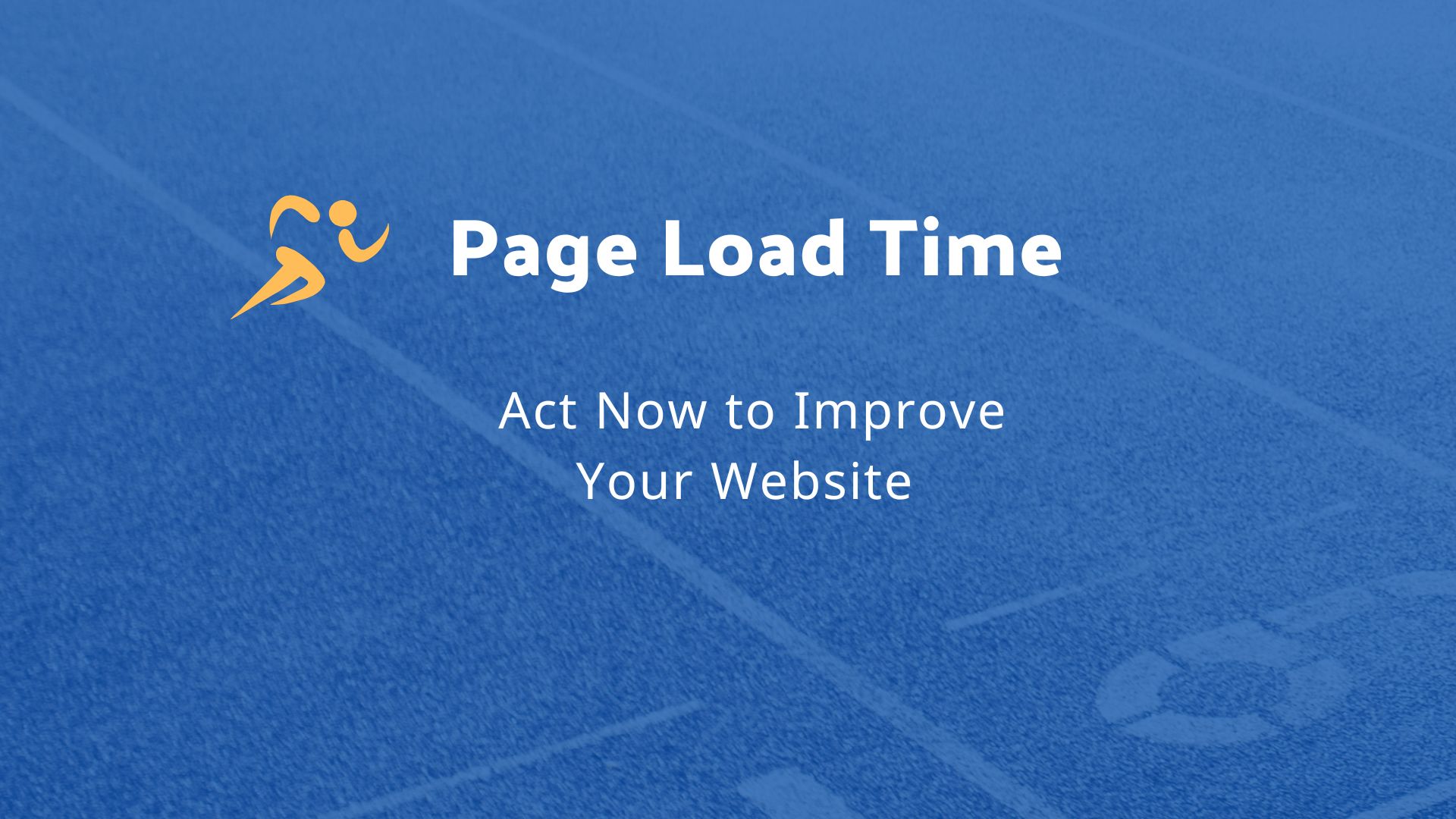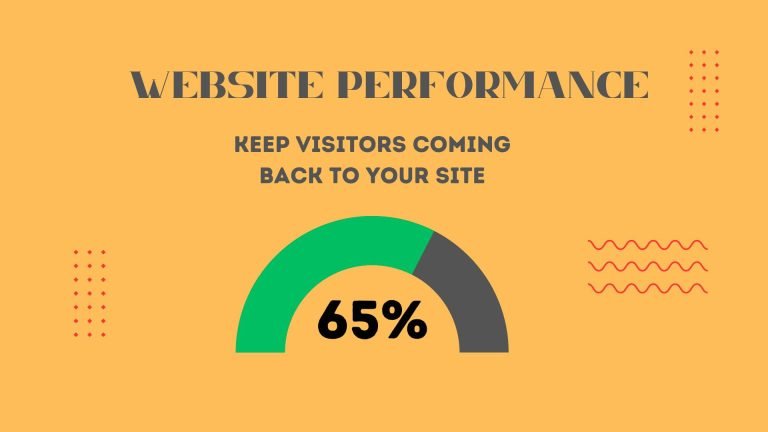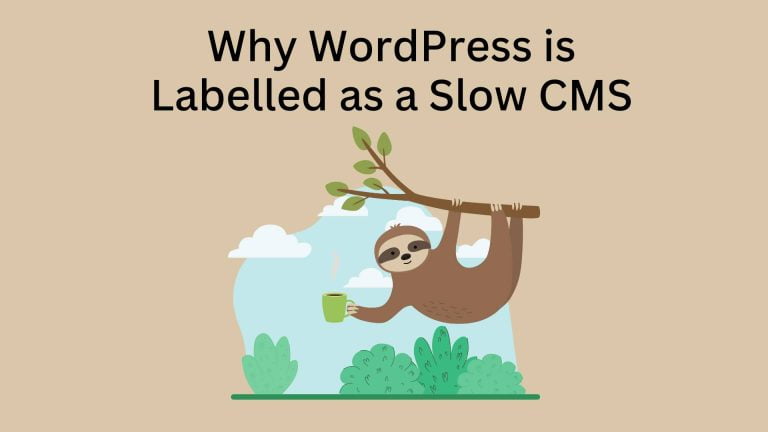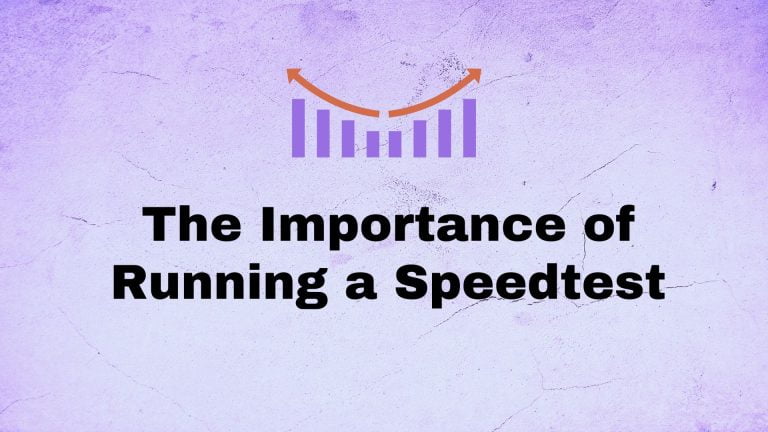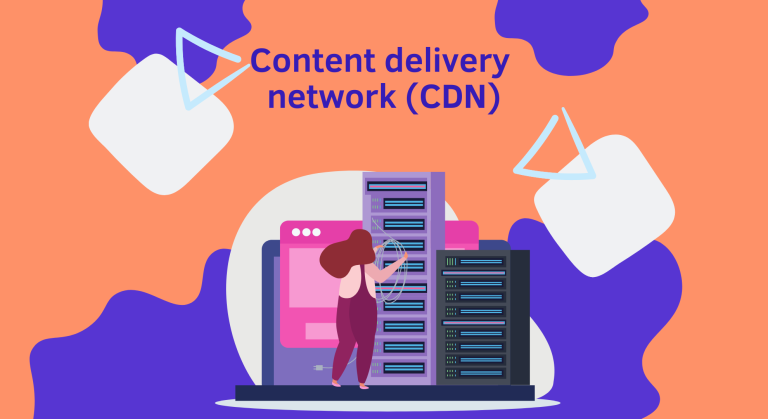Page load time is a principal factor when it comes to the marketing conversion rate. A slow-loading website can hurt your business and affect your bottom line. It’s essential to understand the importance of page load time and how to speed it up to maximize the potential of your website. In this article, we will discuss everything you need to know about page load time and how you can boost site load speed.
What is Page Load Time and Why Does it Matter?
Page load time is a metric that measures the amount of time it takes for a web page to fully display its content. It’s a crucial factor in the user experience of a website, as it can impact engagement, bounce rates, and conversions. In this article, we will discuss what page load time is and why it matters.
When a user visits a website, their browser sends a request to the server for the web page and its associated resources, such as images, videos, and scripts. The server then processes the request and sends the necessary information back to the browser. The time it takes for the browser to receive this information and display the web page is the page load time.
A fast page load time is important for several reasons. Firstly, it improves the user experience by providing a seamless and responsive browsing experience. A slow page load time can cause users to become frustrated and leave the website, leading to high bounce rates.
Secondly, a fast page load time can improve search engine optimization (SEO). Search engines such as Google take page load time into consideration when determining search engine rankings. A fast-loading website is more likely to rank higher than a slow-loading website.
Thirdly, a fast page load time can increase conversions. A slow page load time can cause users to become impatient and abandon their purchase, leading to a decrease in conversions.
In conclusion, page load time is a critical metric that measures the time it takes for a web page to fully display its content. A fast page load time improves the user experience, improves SEO, and increases conversions. It’s important to optimize your website’s page load time to ensure a better user experience and improved business performance.
Sign up now & increase conversions!
Best Practices & Tools for Achieving Optimal Page Load Speed
Page load speed is a critical factor in the user experience of a website. Slow page load times can lead to poor engagement, high bounce rates, and decreased conversions. In this article, we will discuss some best practices and tools that can help you achieve optimal page load speed for your website.
- Minimize HTTP requests: One of the most significant factors that affect page load speed is the number of HTTP requests that a page makes. To minimize these requests, you should use techniques such as combining files, using CSS sprites, and using a content delivery network (CDN).
- Optimize images: Large, unoptimized images can significantly slow down page load speed. To optimize images, you should use tools such as ImageOptim, Kraken.io, and TinyPNG. These tools can help you compress and optimize images without losing quality.
- Use a cache plugin: A cache plugin can help speed up page load time by caching pages and resources so that they don’t have to be loaded from the server each time a user visits the page. There are several cache plugins available for different Content Management Systems (CMS) such as WordPress and Joomla, such as W3 Total Cache, WP Super Cache, and Joomla Cache.
- Minimize the use of redirects: Redirects can add extra time to page load speed, so it’s best to minimize their use. If you need to use redirects, try to use server-side redirects rather than client-side redirects.
- Use a Content Delivery Network (CDN): A CDN can help to speed up page load time by distributing your content across multiple servers in different geographic locations. This means that users can access your content from the server that is closest to them, reducing the time it takes for the content to load. There are several CDN providers available, such as Cloudflare, Akamai, and Amazon CloudFront.
- Use web performance tools: There are several web performance tools available such as Google PageSpeed Insights, GTmetrix, and Pingdom that can help you analyze your website’s performance and identify areas for improvement. These tools can provide valuable insights into the page load speed, including the number of requests, the size of the page, and the load time.
By following these best practices and using the tools mentioned above, you can achieve optimal page load speed for your website, resulting in a better user experience, higher engagement, and improved conversions.
The Impact of Slow Page Load Time on User Experience & SEO
Slow page load time can have a significant impact on user experience and SEO. It can cause potential customers to leave your website before they even get to see what you have to offer. It can also affect your page rank, as search engines are more likely to rank higher those websites that provide a better user experience.
To ensure that your website is performing at its best, it is important to accelerate the speed of your WordPress website. This will not only improve the user experience but also help in improving page rank and SEO performance. In this article, we will discuss how you can Get Super-Fast Page Loads and make sure that your website is loading quickly and efficiently.
Sign upnoww & increase conversions!
The Best Tools and resources for Monitoring and improving Page Load Time
Websites that load more slowly can suffer from lower search engine rankings, fewer visitors, and decreased customer engagement. Therefore, it is important to have the best tools and resources in place to monitor and improve page load time for a better digital experience.
Thorough website speed optimization requires a combination of elements such as caching, minifying scripts, stylesheets, and reducing server load. This article will provide some useful factors on the best resources and tools needed to ensure faster page loads including tricks on how to optimize your WordPress website.
How to Measure Your Site’s Page Load Time and Identify Areas for Improvement
Measuring your website’s page load time and identifying areas for improvement is a key step in optimizing the user experience and increasing conversions. Here are some tips on how to do this effectively using various techniques:
- Use Google Analytics to track page load times. Google Analytics provides detailed information on page load times, including the average time it takes for a page to load, the number of pages viewed per session, and the bounce rate. This data can help you identify which pages are taking the longest to load and where users are dropping off.
- Analyze user feedback. User feedback is a valuable source of information on what is and isn’t working on your website. Use techniques and tools to analyze user feedback and identify common themes, such as slow loading times or confusing navigation.
- Use web page analysis tools. There are several tools available that can analyze your website and provide information on page load times, as well as suggestions for improvement. Some popular tools include Google PageSpeed Insights and GTmetrix.
- Optimize images and other media. Large images and videos can significantly slow down page load times. Analyze the text on your website and identify areas where images or videos could be replaced with text or where images could be optimized for faster loading.
- Minimize the use of third-party scripts. Third-party scripts, such as social media widgets, can also slow down page load times. Analyze the text on your website, identify areas where third-party scripts are being used, and consider removing or minimizing their usage.
By taking these steps and using advanced techniques, you can effectively measure your website’s page load time and identify areas for improvement. This will help you create a better user experience and increase conversions.
Conclusion: Act Now to Improve Your Website
In conclusion, it’s clear that taking action to improve your website can have a significant impact on your online success. By using various techniques, you can gain valuable insights into your website’s performance and identify areas for improvement.
By acting now to improve your website, you’ll be able to create a better user experience and increase conversions. Keep in mind that website optimization is an ongoing process, so regularly monitoring and analyzing your website’s performance is crucial to maintain its effectiveness.
In addition, consider implementing better code on your website to improve search and navigation, and personalize the content for the users by analyzing their behavior and preferences. This will not only improve the overall user experience but also increase engagement and conversions.
Don’t wait any longer, act now to improve your website and achieve greater online success. Why ML is the future of performance optimization.
